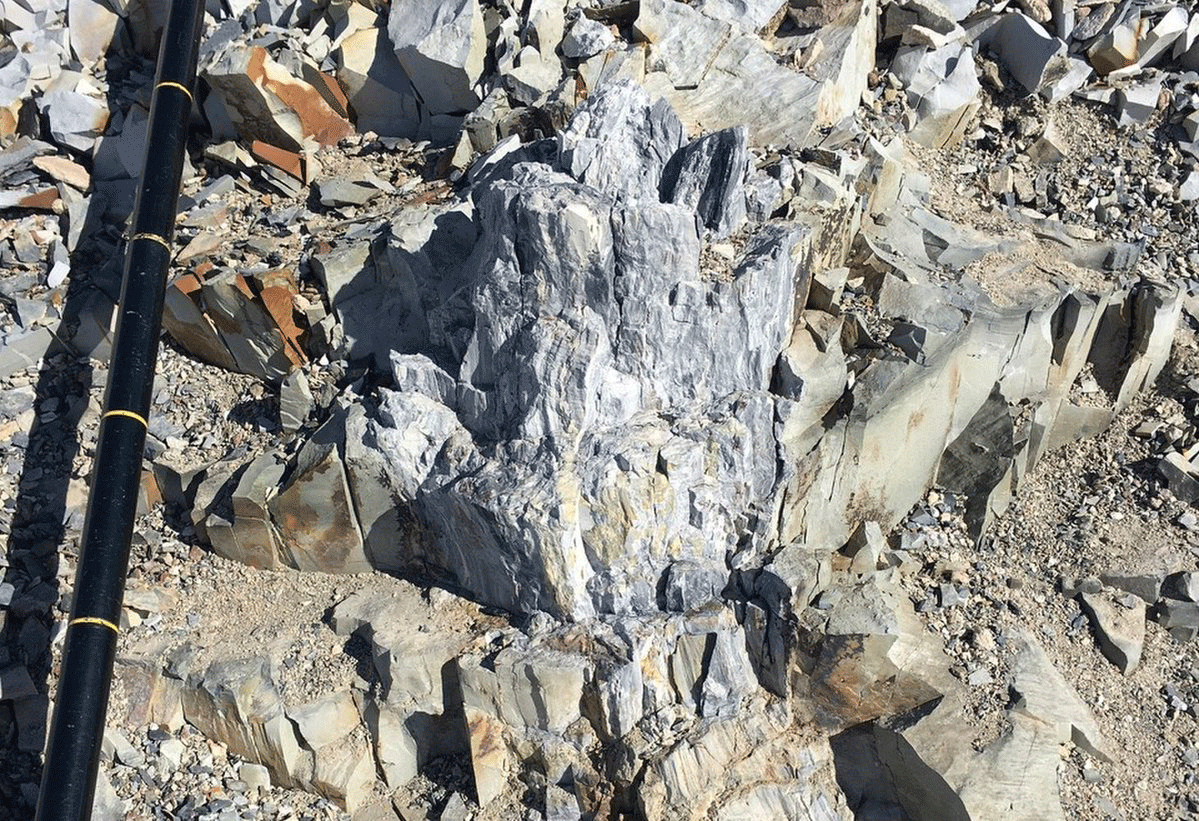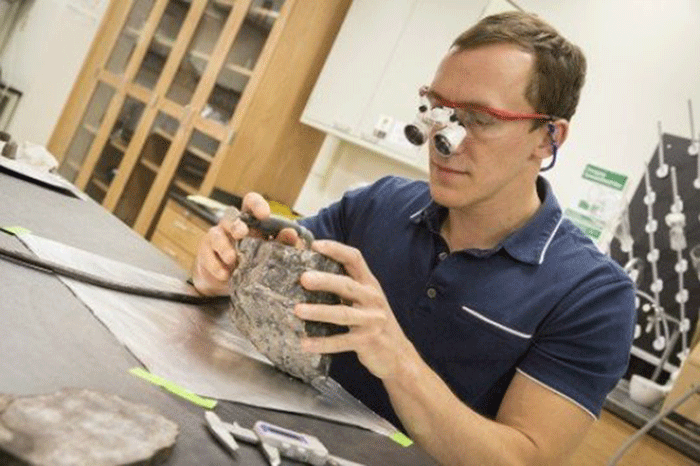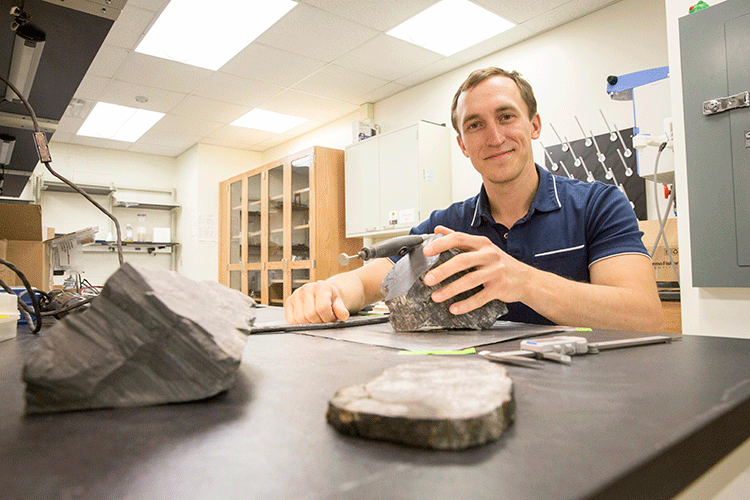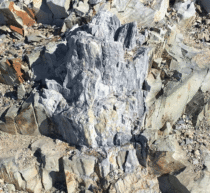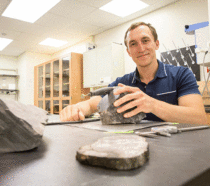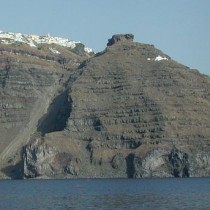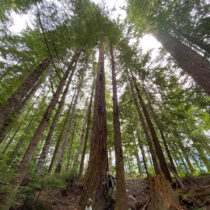Geologists exploring Antarctica have discovered fragments of fossil forest fragments over 260 million years old. The discovery shows that the forest stretching in the now frozen continent grew at the end of the Permian Period, before the first dinosaurs.
The two geologists form University of Winsconsin-Milwaukee, Erik Gulbranson and John Isbell, found fossil fragments of 13 trees on the McIntyre Promontory slopes. Although the existence of fossils in Antarctica has been known to scientists for about a century, most of it is still unexplored.
The forest in Antarctica that thrived in the Permian Period, ended with the greatest mass extinction on our planet’s history, during the rapid shift the Earth underwent from icehouse to greenhouse conditions. Many believe that the release of tons of greenhouse gases in the atmosphere caused by volcanic eruptions in Siberia caused the Permian-Triassic extinction. The fossils found by the researchers preserved the biology and chemistry of the ancient trees, while fossil microorganisms and fungi have been preserved inside the wood. The collected specimens resemble those from the petrified forests in Yellowstone which were fossilized when volcanic materials buried the living trees.
Today no plant can grow where the Antarctic forests grew. At the end of the Permian Period, though, the climate was warmer and more humid. Antarctica, part of the Gondwana continent at the time, included various mosses, ferns and Glossopteris, a plant now extinct. The forest probably extended throughout the entire Gondwana.
Isbell who had studied glacial deposits from the Permian Period in Antarctica in terms of climate change used the rocks around the trees this time to see how the fossils fit into Antarctica’s geologic history, to try and understand what caused the extinction and perhaps find indications as to how the plants were different than today. According to Gulbranson the composition of forests at the time affected the way the entire forest responded to environmental change, as the plants were of quite low diversity. This of course makes the plant group that comprised the forest and that could survive and thrive in a variety of environments, as well as to light and darkness duration in the poles, extremely rare.
Studying of the tree rings showed that plants in these forests transitioned from summer activity to winter dormancy rapidly, needing only about a month when today’s plants need several months, making food during the day and resting at night.
The team will continue the research at the site in the coming weeks. Isbell has already set off along with other researchers and Gulbranson will return to the site this week and stay until January 2018, hoping to learn more about the extinction event. He will look for deposits and try to understand how the forests responded as carbon dioxide rose.
